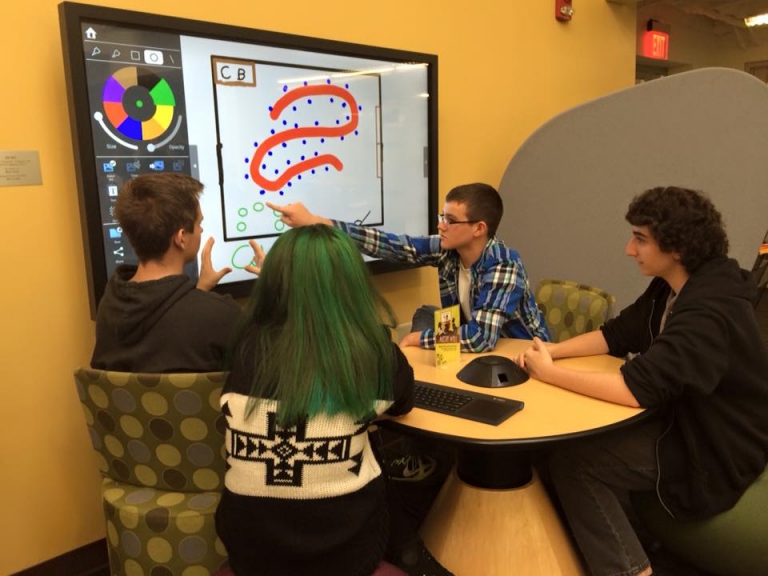Brainstorming
Brainstorming is the most important part of the creative process. As brainstorming is the most pliable of the phases of creation, it allows for the formation, rearrangement, and generation of completely new ideas. The brainstorming phase can form the entire foundation of the project and without proper brainstorming, the creator may dive into the project thoroughly unorganized. In this section, there are techniques for brainstorming and how to achieve the most from brainstorming sessions.
Note Taking
The most important endeavor in which a student can engage is listening and taking notes while reading course material and attending class, a presentation, or lectures. Professors, teachers, and group leaders often give important information in the form of lectures and presentations; having this pertinent information gathered will make the writing/creating process a lot easier in the long run in regards to a communication project. By not taking notes, a student may be missing out on information in regards to their topic, the format of the paper, or the paper’s due date.
Talking It Out
The first step, in any project, is talking about it with other people. Do not be afraid to bounce ideas off of a classmate or colleague’s brain. More often than not, people who actively engage others in discussions about their project find that their ideas begin to fall in place. Sometimes, hearing an idea out loud is all an individual needs to regain focus or figure out the definite direction of their project. Peers are exceptional resources! Do not forget that you, too, can be an incredible resource for someone seeking help as well.
Free Writing
One activity that works well for some people is the concept of ‘free writing.’ According to the St. Martin’s Handbook, “Freewriting is a method of exploring a topic by writing about it for a period of time without stopping” (Lunsford 55). The Handbook advocates those who are struggling to find ideas write for ten minutes or so, without stopping, and just let the mind wander through the topic. A person using this technique could also write down key words or phrases they may associate with their topic in order to find a direction for their project. Do not worry if the key word, phrase, or idea is relevant at the time it is written. Do not hesitate to write something down if it comes to mind—this idea, word, or quote could be the very hinge upon which your project rests! Do not discount any idea before you fully explore it!
Clustering/Webbing
One familiar brainstorming technique is the idea of webbing or clustering. This activity involves drawing an actual chart or web, which works more efficiently with visual learners and those who must see their ideas before they can fully grasp the direction of their project. The St. Martin’s Handbook defines clustering as a “way of generating ideas using a visual scheme or chart. It is especially helpful for understanding the relationships among the parts of a broad topic and for developing subtopics” (Lunsford 57). This type of brainstorming is good for those individuals who may already have a topic but are having problems narrowing it down into a defined thesis statement. This is also helpful if you have a main topic but have not developed subtopics for supporting evidence.

